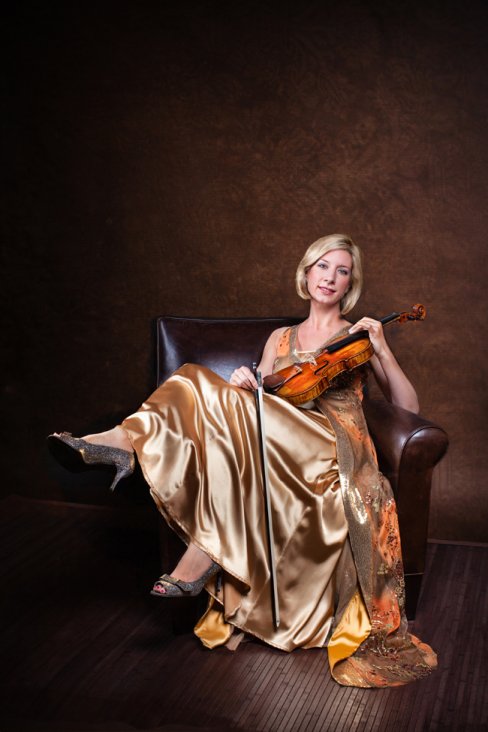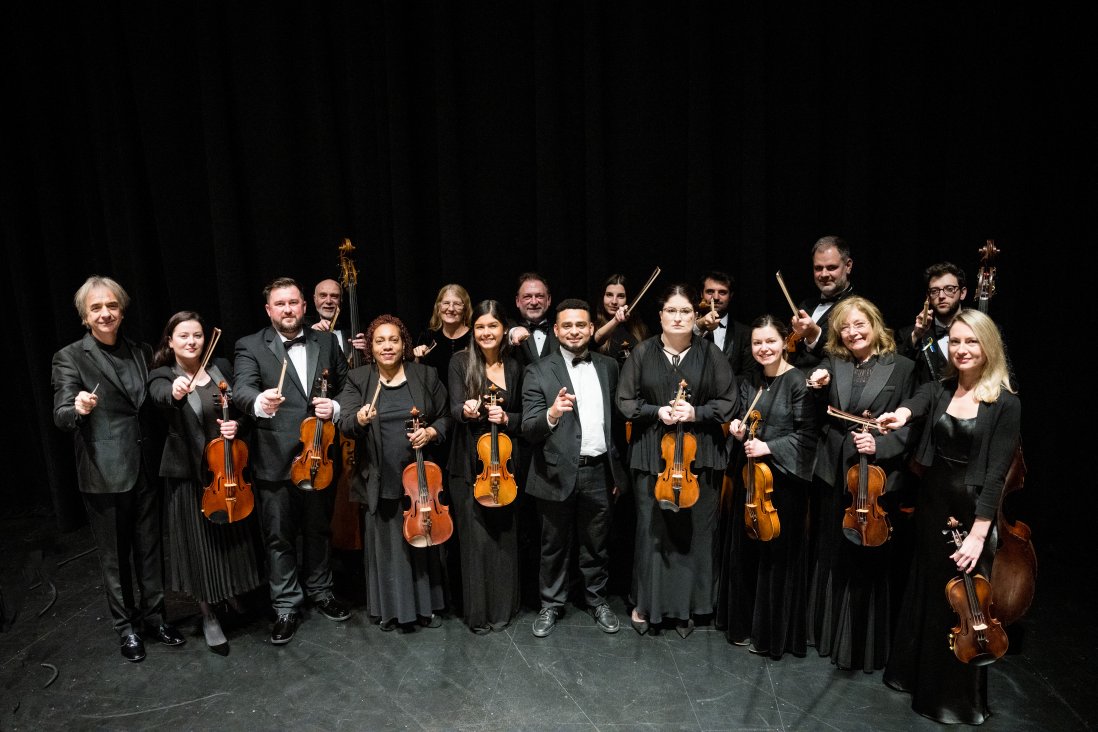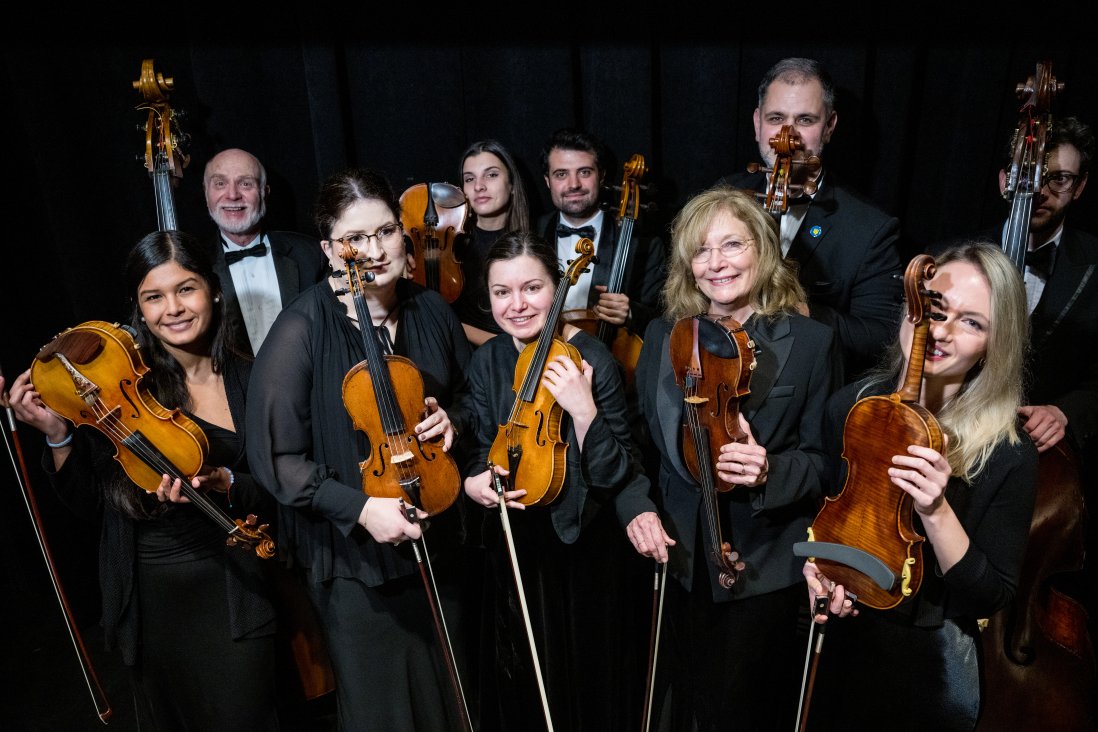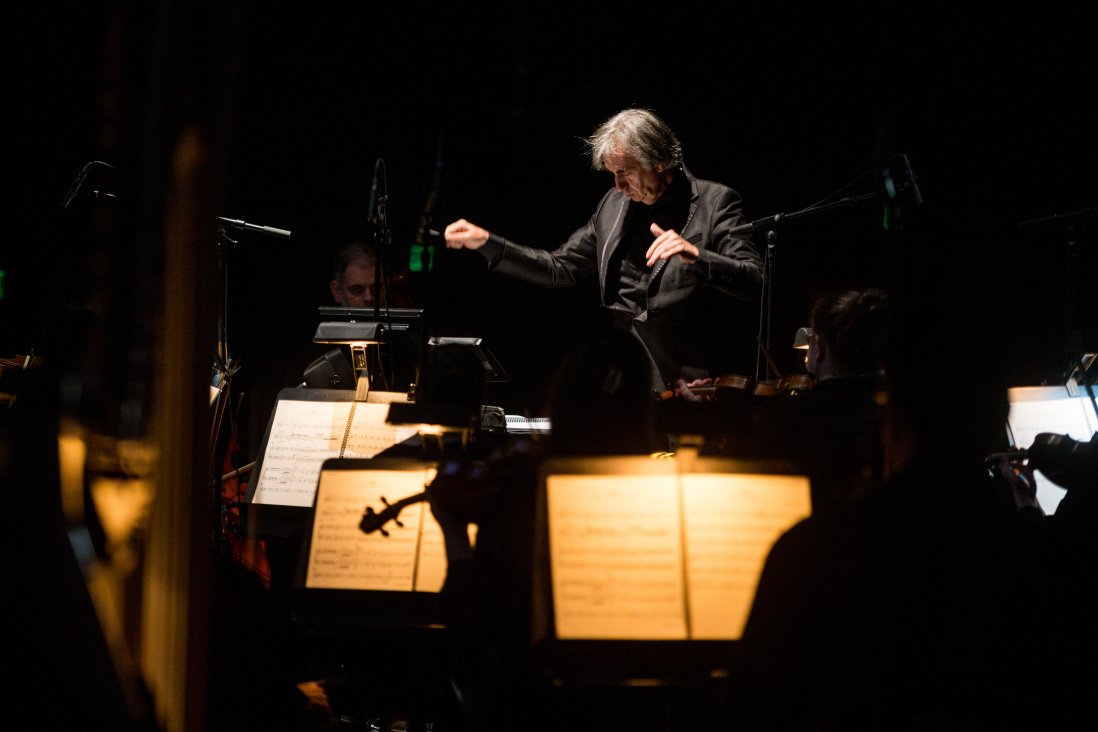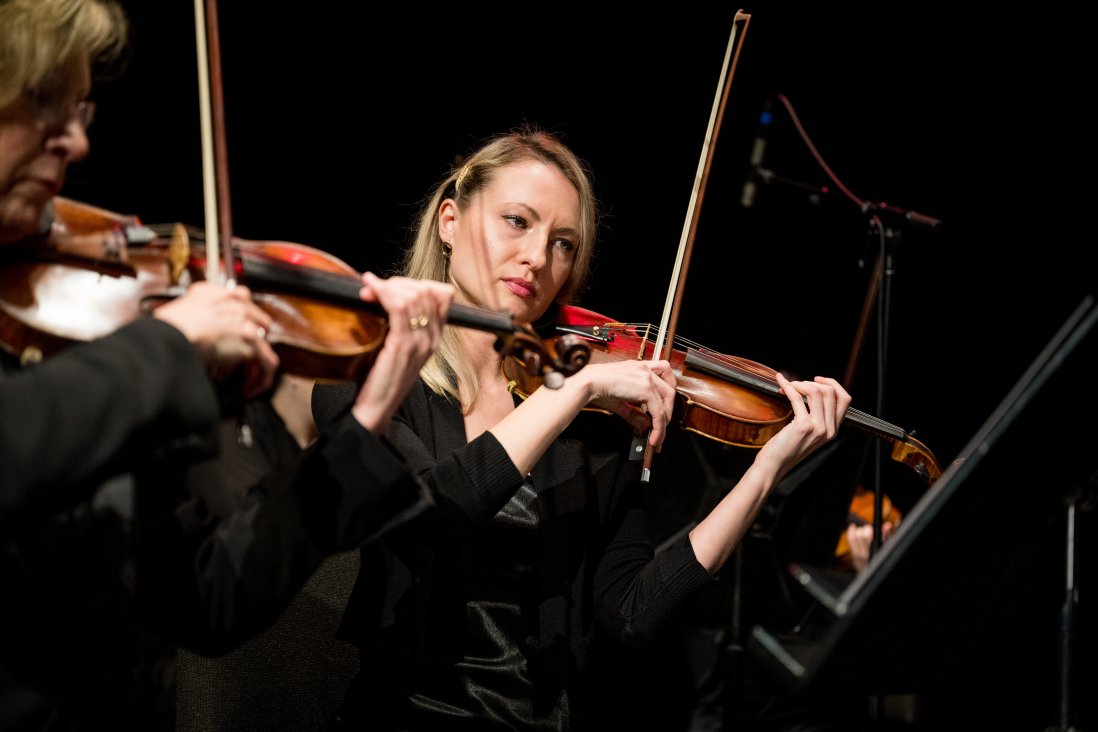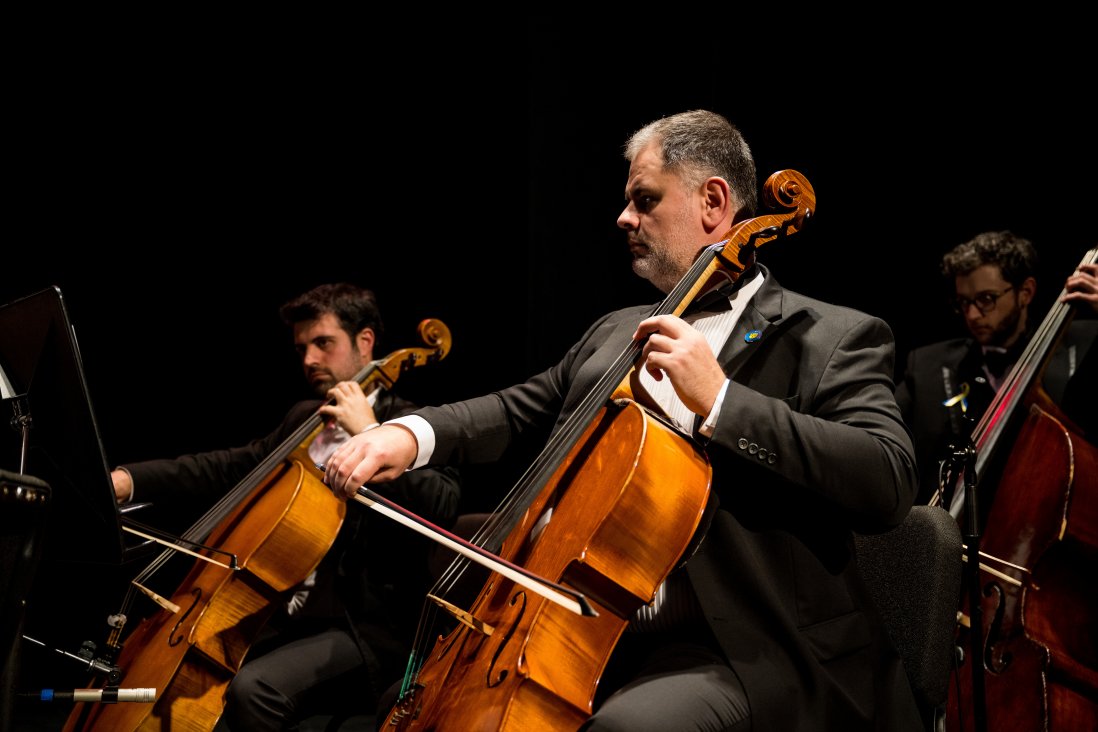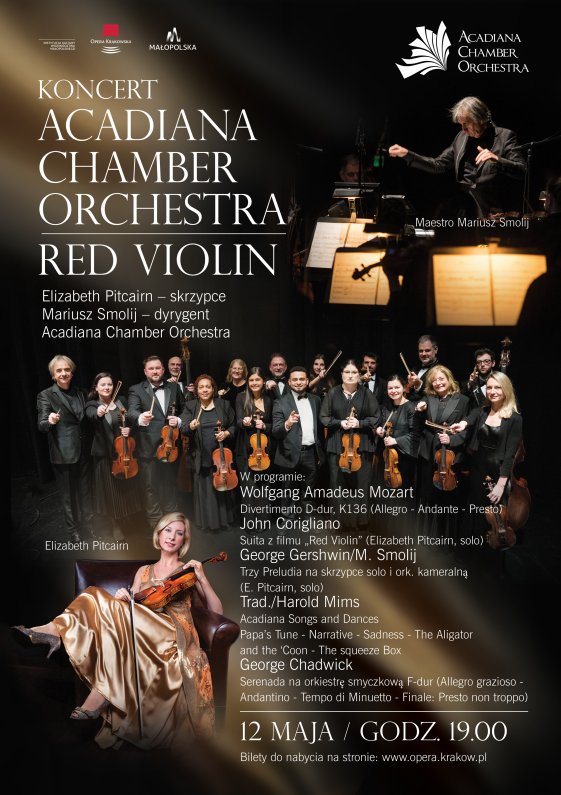
Concert
Red Violin
2
hours
0
minutes
details
information
duration
2
hours
0
minutes
description
Wolfgang Amadeus Mozart – Divertimento D-dur, K136 (Allegro - Andante - Presto)
John Corigliano – Suita z filmu „Red Violin” (Elizabeth Pitcairn - solo)
George Gershwin/M. Smolij – Trzy Preludia na skrzypce solo i ork. kameralną (E. Pitcairn, solo)
Trad./Harold Mims – Acadiana Songs and Dance. Papa’s Tune - Narrative - Sadness - The Aligator and the ‘Coon - The Squeeze Box
George Chadwick – Serenada na orkiestrę smyczkową F-dur (Allegro grazioso - Andantino Tempo di Minuetto - Finale: Presto non troppo)
The Red Violin suite is a concert arrangement of music from the film of the same name, which was awarded an Oscar in 2000. The plot follows the mysterious but largely true story of one of the most famous violins created by Stradivarius, the so-called “Mendelssohn Stradivarius” and the mysterious disappearance and sudden appearance of the instrument with its unique reddish hue. The instrument once belonged to, among others, the famous composer's family and it is rumored Stradivarius added drops of his beloved's blood to the varnish. All this constitutes a fascinating story and was the basis for the great success of the film.
Currently, the owner of the "Mendelssohn Stradivarius" is Elizabeth Pitcairn, and its musical history, created by John Corigliano, will feature the sounds of the "main character" of this fascinating story.
"Acadiana Songs and Dances" - a suite of traditional folk songs (songs, dances) that have their roots in 17/18th-century France, specially prepared for the needs of this tour. They became an important identification element for the Acadiens group, i.e. French colonists from southeastern Canada who were expelled at the beginning of the 19th century by the British. The tragic story of the Acadiens - their kind of holocaust - after expulsion and months, even years of wandering, is a little-known part of North American history. They eventually settled in what is now southwestern Louisiana (near Lafayette), and their attachment to music and culture gave them strength to survive and a cultural distinctiveness in Anglo-Saxon America. These traditions are vividly cultivated to this day. The official capital of the state of Louisiana is the city of Baton Rouge. The capital of "French Louisiana" is Lafayette, where the Acadiana Chamber Orchestra comes from.
The first symphonic arrangement of these dances was composed by Virgil Thomson for the film "Louisiana Story" (the film received the Purlitzer Prize). The outstanding Creole arranger from New Orleans, Harold Mims, is currently working on the new arrangement.
George Chadwick is a bit of an "American Dvořák", and the performed song is a cheerful serenade in a romantic style and a reminder that America at the turn of the 19th/20th century is not only (apart from jazz) a musical cultural desert, but a place of many rapidly developing musical traditions and cultural.
John Corigliano – Suita z filmu „Red Violin” (Elizabeth Pitcairn - solo)
George Gershwin/M. Smolij – Trzy Preludia na skrzypce solo i ork. kameralną (E. Pitcairn, solo)
Trad./Harold Mims – Acadiana Songs and Dance. Papa’s Tune - Narrative - Sadness - The Aligator and the ‘Coon - The Squeeze Box
George Chadwick – Serenada na orkiestrę smyczkową F-dur (Allegro grazioso - Andantino Tempo di Minuetto - Finale: Presto non troppo)
The Red Violin suite is a concert arrangement of music from the film of the same name, which was awarded an Oscar in 2000. The plot follows the mysterious but largely true story of one of the most famous violins created by Stradivarius, the so-called “Mendelssohn Stradivarius” and the mysterious disappearance and sudden appearance of the instrument with its unique reddish hue. The instrument once belonged to, among others, the famous composer's family and it is rumored Stradivarius added drops of his beloved's blood to the varnish. All this constitutes a fascinating story and was the basis for the great success of the film.
Currently, the owner of the "Mendelssohn Stradivarius" is Elizabeth Pitcairn, and its musical history, created by John Corigliano, will feature the sounds of the "main character" of this fascinating story.
"Acadiana Songs and Dances" - a suite of traditional folk songs (songs, dances) that have their roots in 17/18th-century France, specially prepared for the needs of this tour. They became an important identification element for the Acadiens group, i.e. French colonists from southeastern Canada who were expelled at the beginning of the 19th century by the British. The tragic story of the Acadiens - their kind of holocaust - after expulsion and months, even years of wandering, is a little-known part of North American history. They eventually settled in what is now southwestern Louisiana (near Lafayette), and their attachment to music and culture gave them strength to survive and a cultural distinctiveness in Anglo-Saxon America. These traditions are vividly cultivated to this day. The official capital of the state of Louisiana is the city of Baton Rouge. The capital of "French Louisiana" is Lafayette, where the Acadiana Chamber Orchestra comes from.
The first symphonic arrangement of these dances was composed by Virgil Thomson for the film "Louisiana Story" (the film received the Purlitzer Prize). The outstanding Creole arranger from New Orleans, Harold Mims, is currently working on the new arrangement.
George Chadwick is a bit of an "American Dvořák", and the performed song is a cheerful serenade in a romantic style and a reminder that America at the turn of the 19th/20th century is not only (apart from jazz) a musical cultural desert, but a place of many rapidly developing musical traditions and cultural.
Poster

poster by
Marta Krupowska
producers and cast
producers
cast
Elizabeth Pitcairn - violin
Mariusz Smolij - conductor
Acadiana Chamber Orchestra
Mariusz Smolij - conductor
Acadiana Chamber Orchestra
